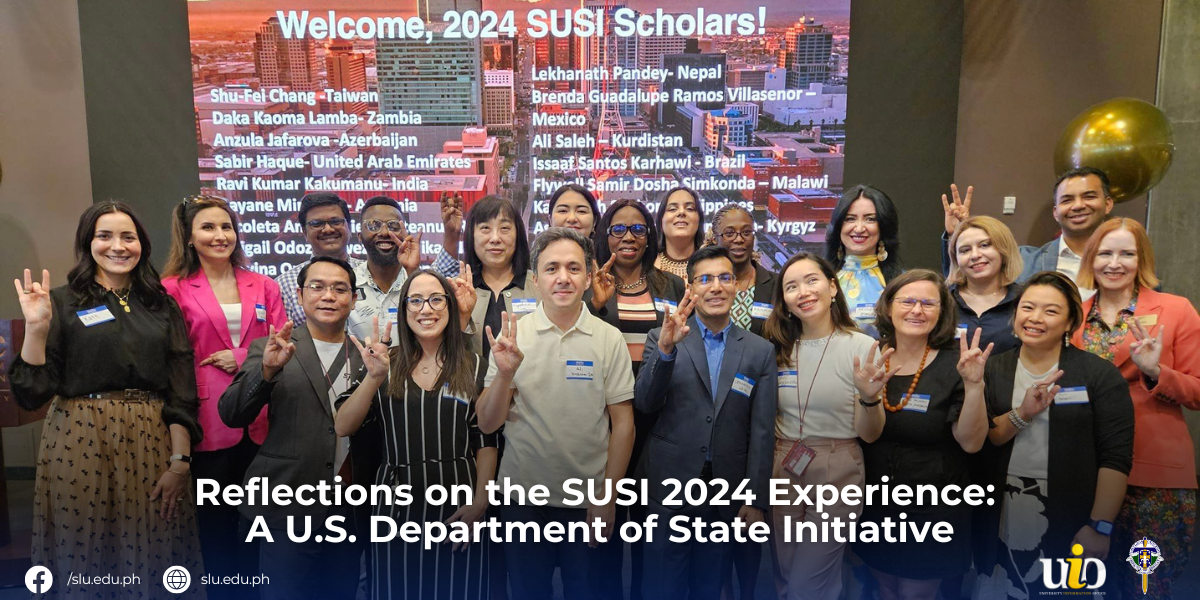“Experience, travel – these are as education in themselves.” – Euripides
It would be an understatement to say that growing into ourselves, both professionally and personally, happens when you take a big leap into the unfamiliar – unfamiliar places and unfamiliar people. I am quite sure that all eighteen of us as fellow scholars and cohort members from nine regions across the world knew how real this was during the 2024 Study of the United States Institute (SUSI) on Journalism, Technology, and Democracy hosted by Arizona State University (ASU).
Sponsored by the U.S. Department of State through the Bureau of Educational and Cultural Affairs (ECA), the SUSI program on Journalism, Technology, and Democracy gathered scholars from Armenia, Azerbaijan, Brazil, India, Iraq, Laos, Kyrgyz Republic, Malawi, Malta, Mexico, Nepal, Nigeria, Philippines, Romania, Taiwan, United Arab Emirates, Uzbekistan, and Zambia. We brought with us our own research interests, contexts and experiences in the field of journalism and communications as both practitioners and most of all, as scholars and educators.
Our journey began on April 2024 when we received the official welcome letter from the Department of State expressing their congratulations on being chosen to participate in the SUSI program. The letter went on to mention that SUSIs are funded by ECA to promote mutual understanding between the people of the United States and the people of other countries. The program includes academic residency, leadership development, community service, an integrated study tour, and interactions with American peers through short term study. The U.S. Department of State’s implementing partner for this program is the University of Montana (UM) and the Institute on Journalism, Technology, and Democracy is hosted by ASU.
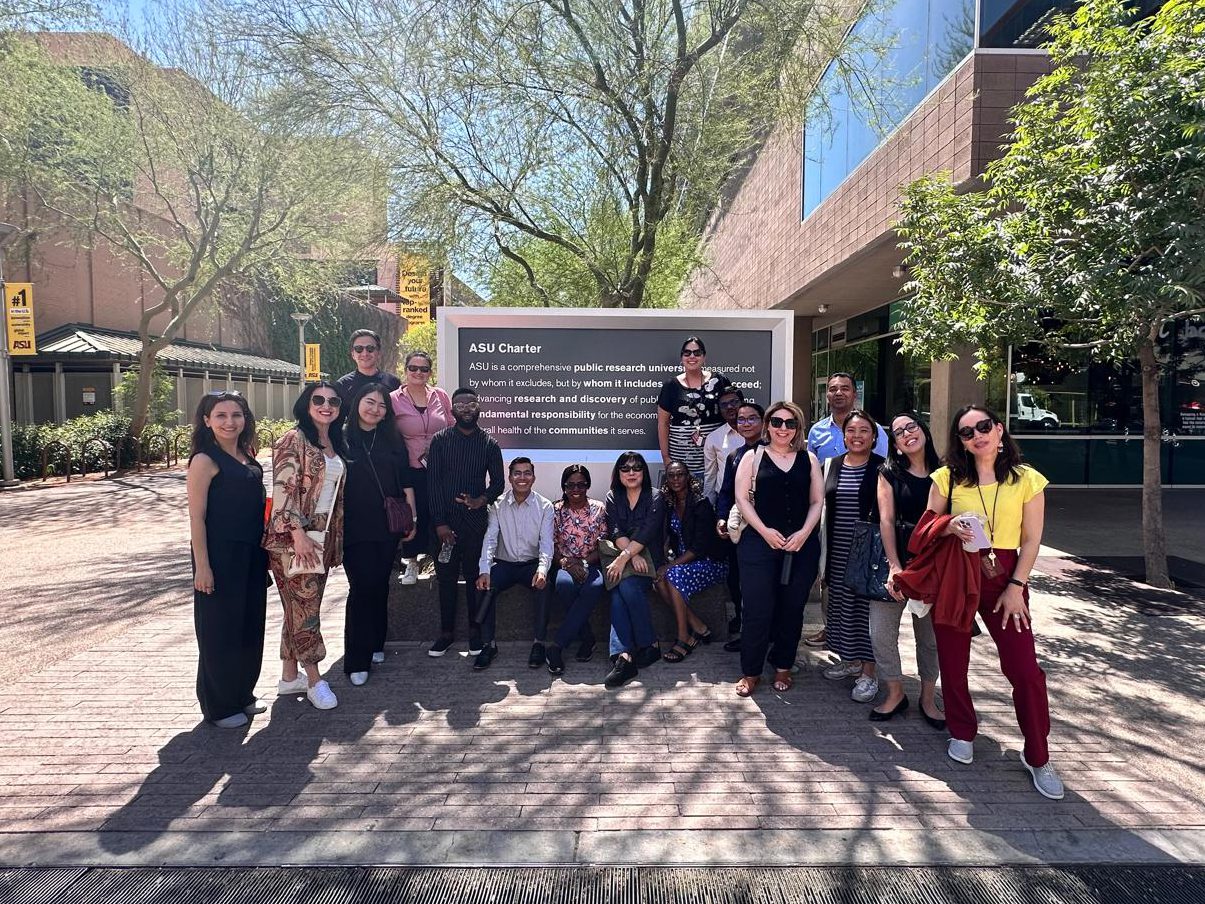
June 2 was arrival day. We made our way to Downtown Phoenix from our home countries. Easily, thoughts of being away from home for the next six weeks would take over during the average 24-hour travel time that included local transport, flights, layovers, transfers, and flights, yet again. Soon enough, we arrived in our new home, Gordon Commons, which is just one pedestrian crossing away from Cronkite 444, the boardroom where we spent six weeks as SUSI scholars seated on our preferred banana-colored office chairs.
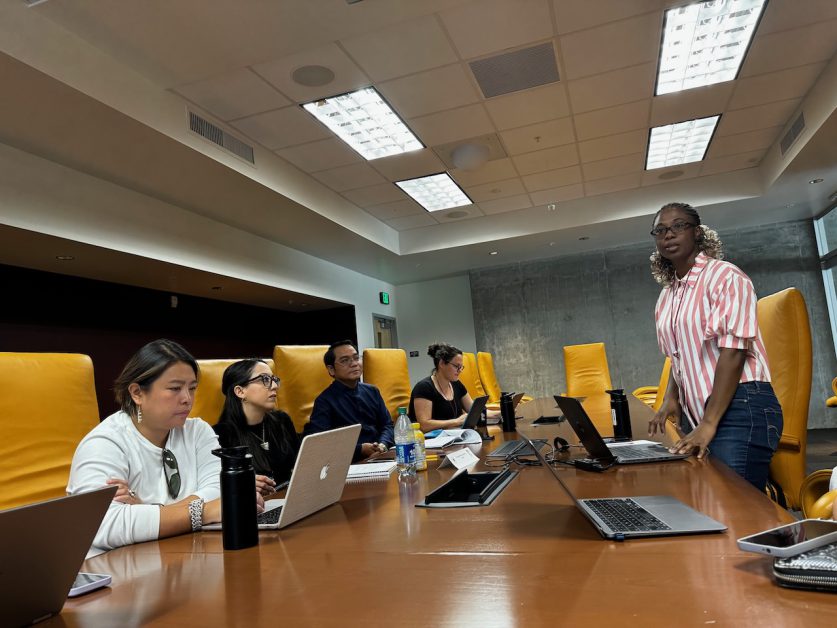
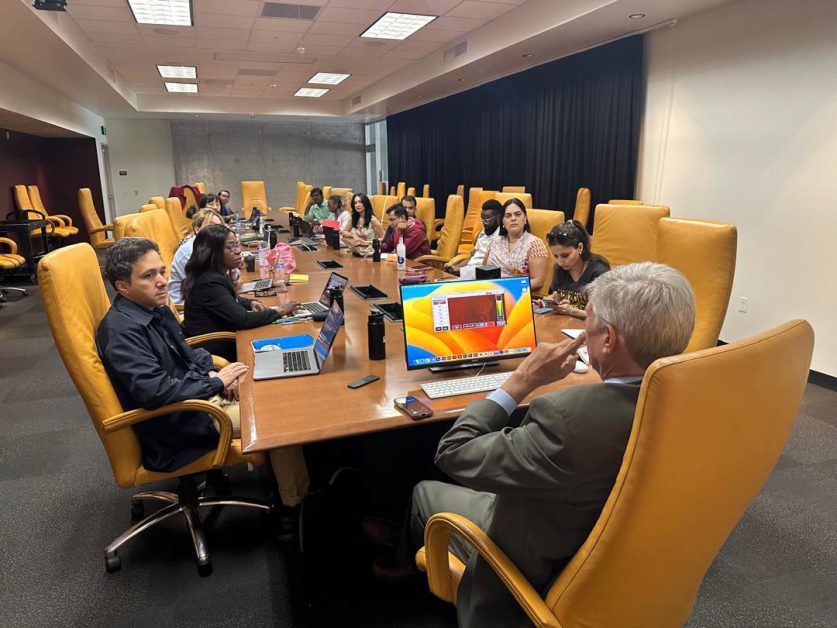
During orientation week, we became even more eager to embark on the intensive study program hosted by the Walter Cronkite School of Journalism and Mass Communication of ASU. The Institute focused on the intersections of journalism, technology, and democracy through a wide range of speakers, workshops, and educational tours in Phoenix, Arizona (3 June to 3 July); Los Angeles, California (3 to 6 July); and Washington District of Columbia (7 to 13 July) through the leadership of the Institute’s Academic Director, Cronkite School Associate Professor and Assistant Dean for Research Dr. Dawn Gilpin.

The Institute, developed by Cronkite School faculty, explored journalism’s evolving role in democracy, including technology’s impact, social contexts, and misinformation. It also provided insights into ethical journalism in the digital age, including AI, and highlighted emerging practices for improving news literacy. Among the topics discussed during the program are:
- The State of Journalism and Media Education: Overview of ASU, the Teaching Hospital, and the Cronkite School
- Media Literacy: Adapting and Localizing Media Literacy Initiatives
- Community Journalism: Developing media literacy lessons/lectures
- An Introduction and Workshop on Immersive Media: VR and AI as newer way to tell stories and communicate ideas
- Research Projects, Online Education, and Curriculum Design
- The Press and the Legal System
- A Global Perspective on Politics and Justice
- Reporting on Immigration: Investigative reporting and the border
- Global Disinformation and Research: ASU’s Global Initiative and the Center for Narrative, Disinformation, and Strategic Influence
- Consumer and Personal Privacy: Cybersecurity
- Studying Propaganda: Narratives & Strategic Communication and AI Forensics and the Newsroom
- Indigenous and Border Cultures and Media, in Arizona and Beyond, including a Southern Border Trip
- AI in Journalism
- Branding and Content Creation Workshop (ASU California Center)
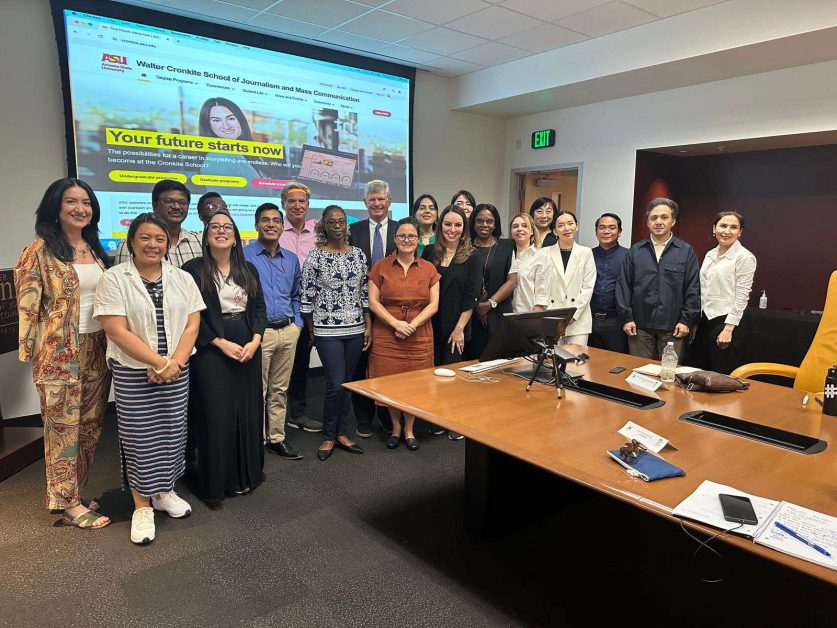
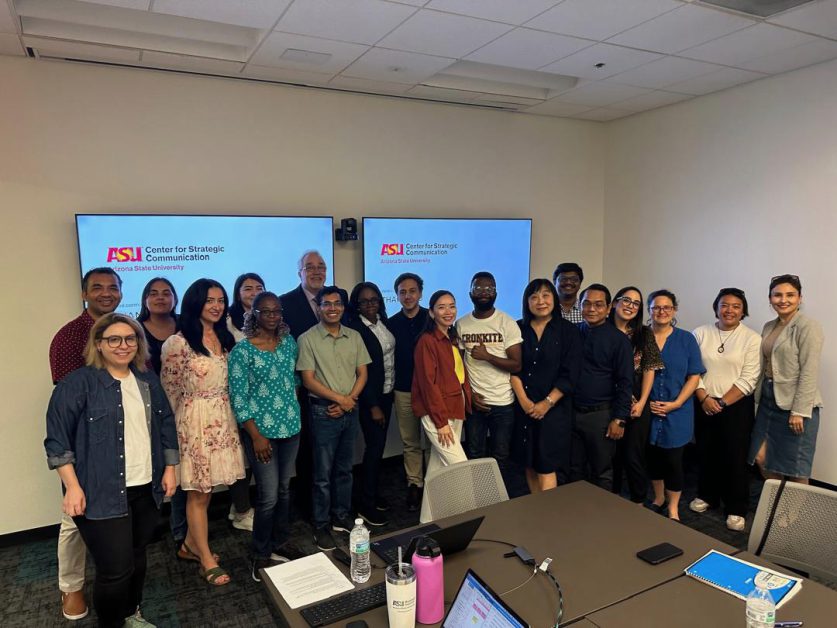
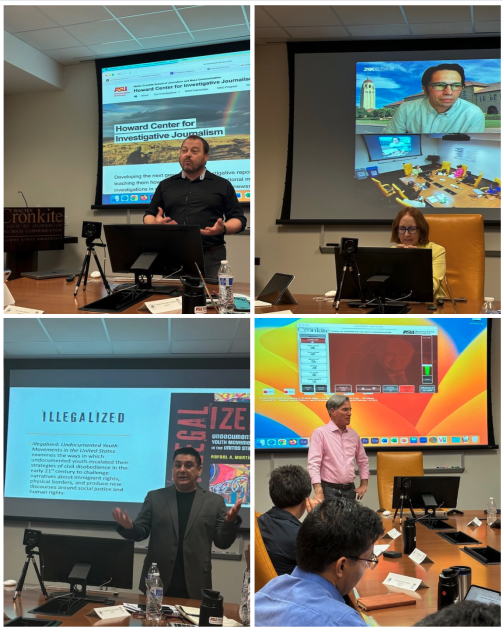
One of the milestones of the program was a research conference that centered on each SUSI scholar’s research project presentations. Throughout the first four and a half weeks of the program, we had opportunities for focused independent research to take time to pursue our individual research and curriculum design projects, and more importantly, engage in individual consultation with Cronkite School faculty. The result of this was the Research Conference held at Cronkite 355 on July 1, 2024.
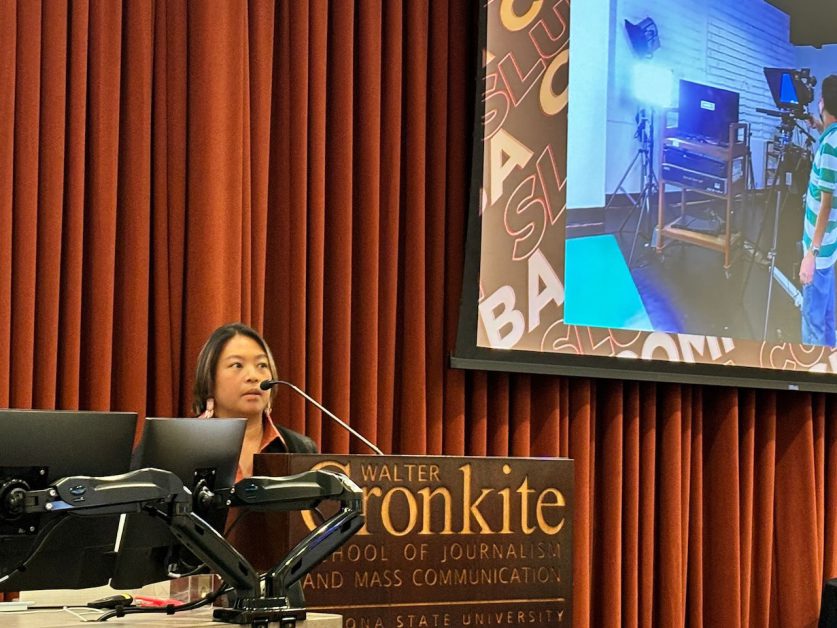
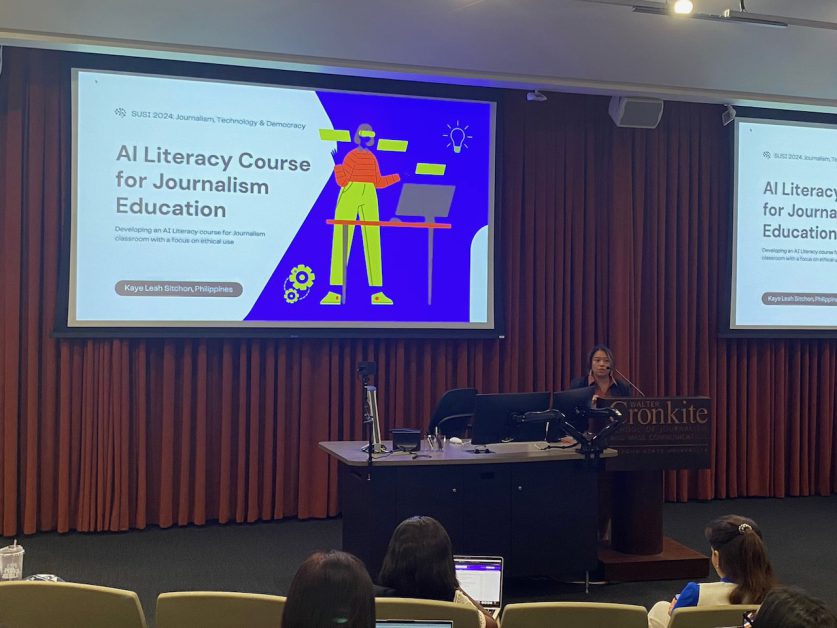
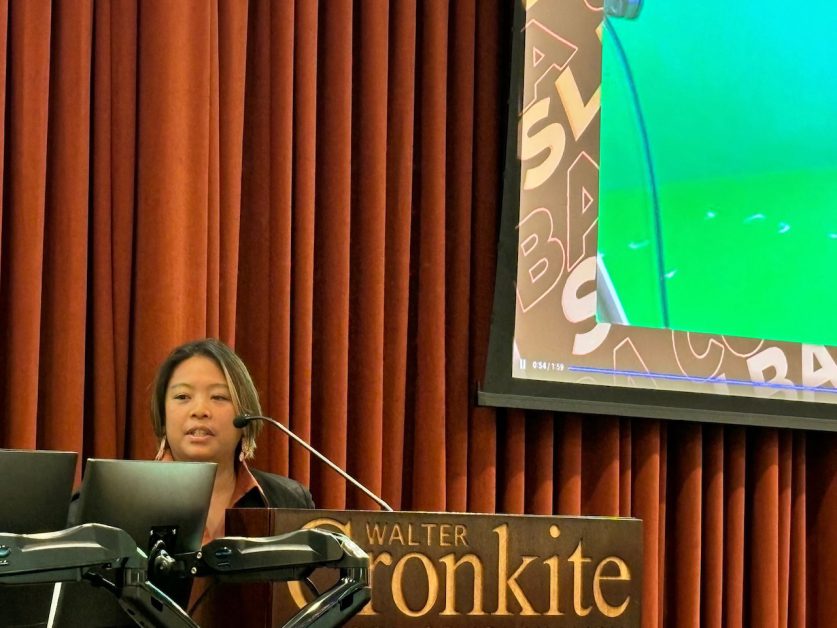
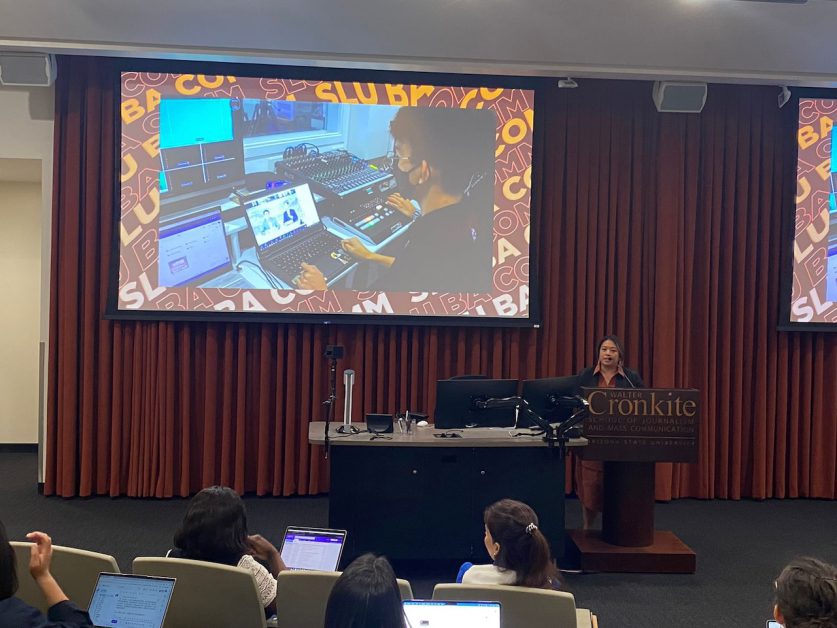
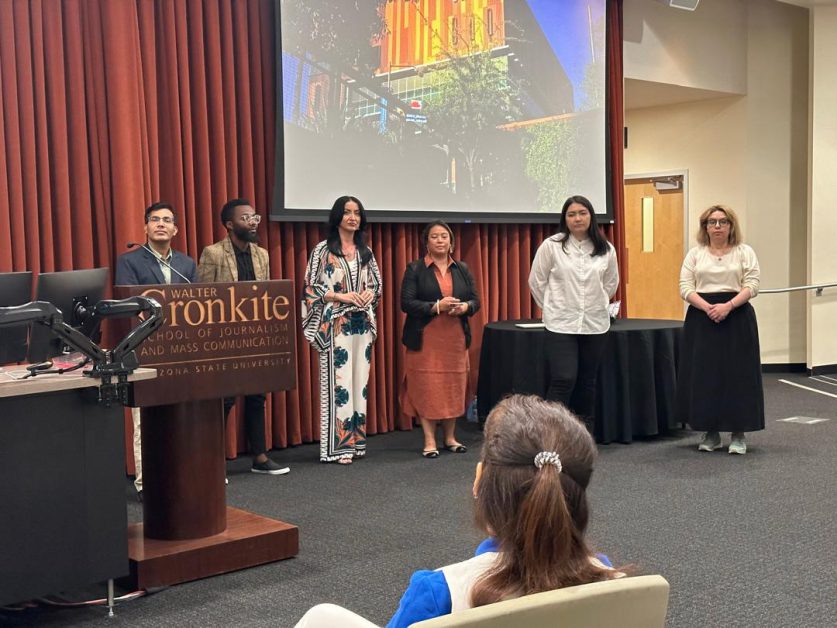
The SUSI 2024 program gifted us a new perspective on who we are as individuals and educators, including the work we do in training the next generation of journalists and communication professionals.
What began as unfamiliar for us as SUSI scholars slowly transitioned into an acquaintance, familiarity, commonality, and ultimately, a community. As travelers, we transformed from strangers and colleagues into friends with shared goals.
From Phoenix and Los Angeles to Washington DC, each location helped us further understand journalism in the U.S. and our countries by delving into its history, culture, people, and environment. Each city had its own unique story, and we absorbed this through words, images, music, food, and experiences. We learned more about ourselves and our desire to be part of each community’s story.
After 42 days, these concepts expanded beyond our own countries to include the people we met and who we became.
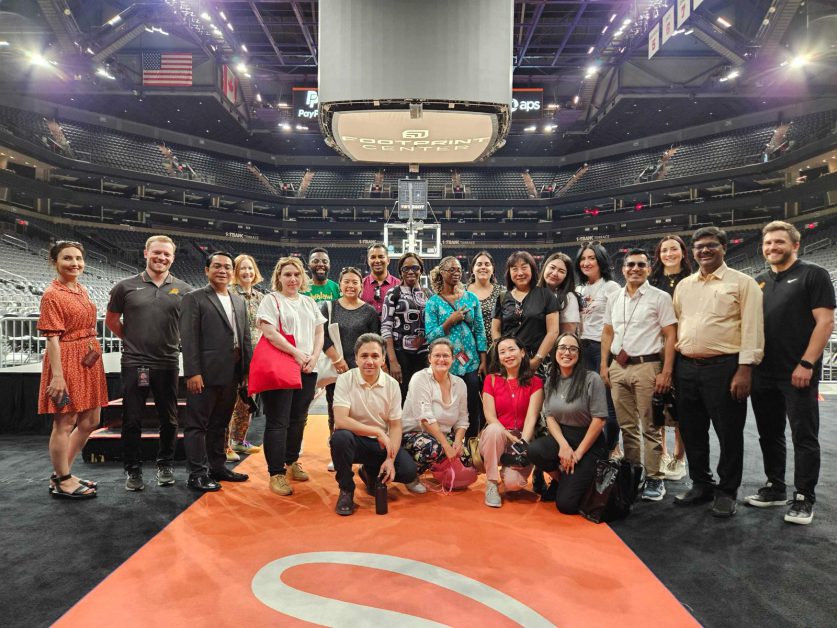
SUSI 2024: Perspectives through Portraits
The Walter Cronkite School of Journalism and Mass Communication, ASU
At ASU, we engaged with journalists, elected officials, tribal nation representatives, and experts across Phoenix, the South Rim of the Grand Canyon, and Nogales, Arizona, near the Mexican-US border.
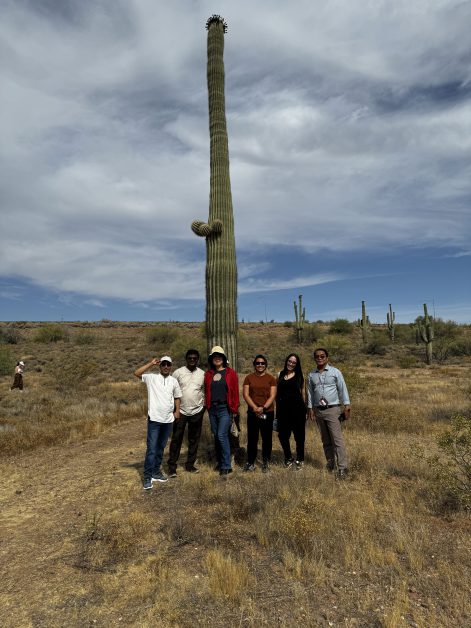
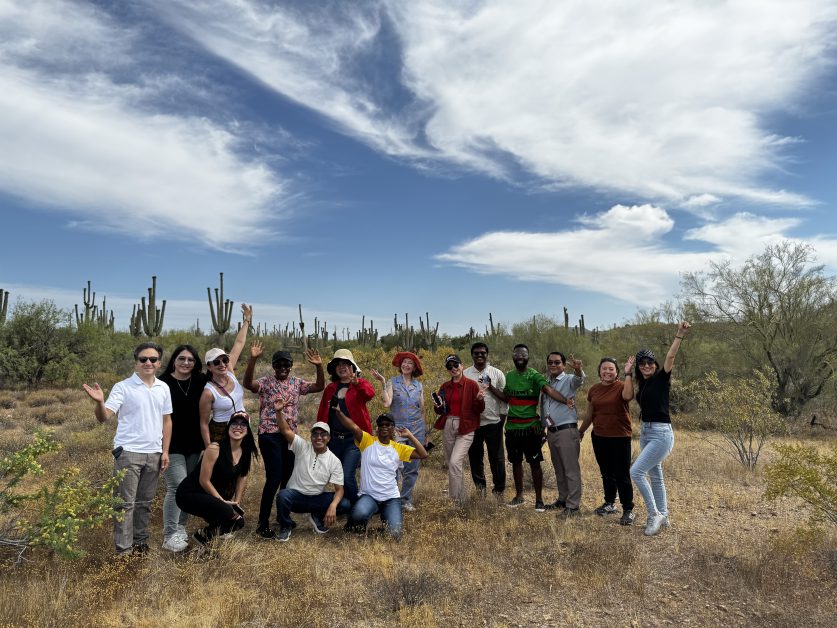
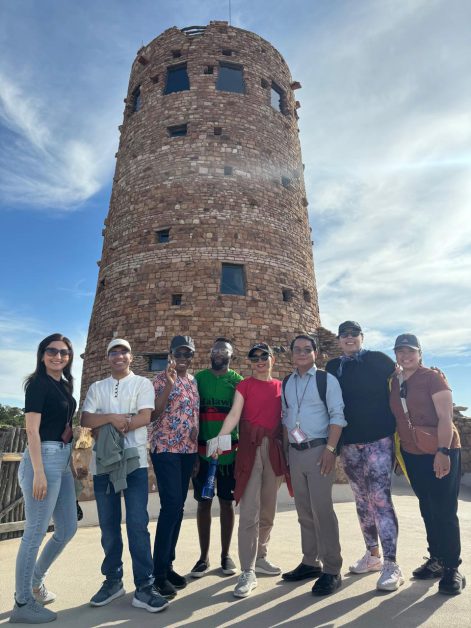
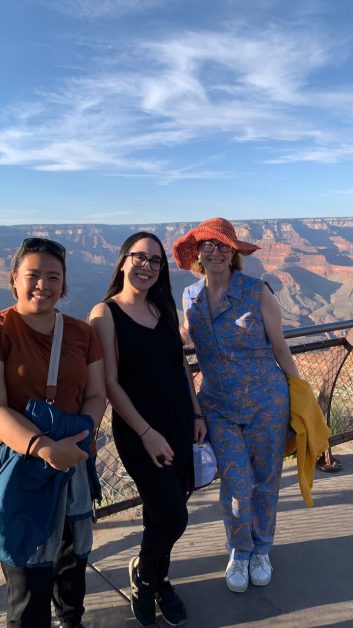
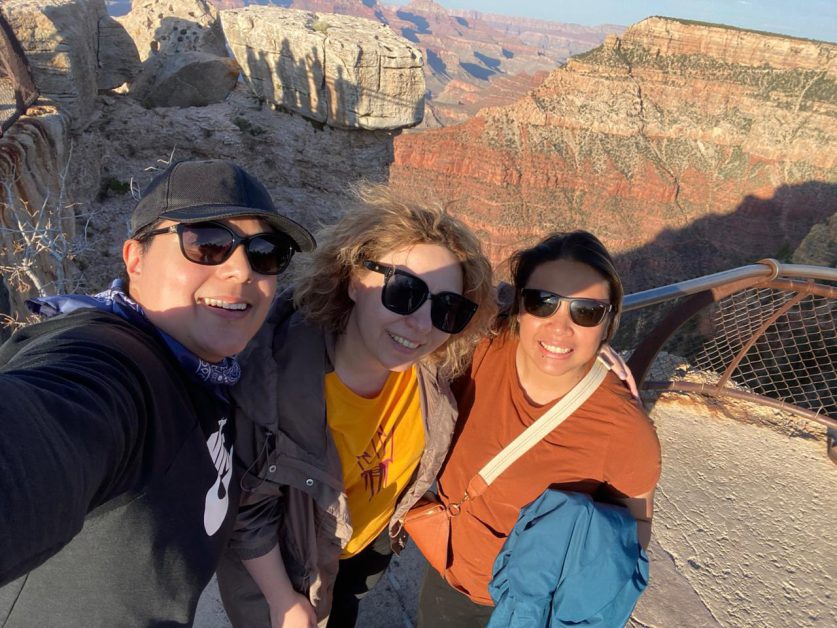
Media Literacy: Dr. Kristy Roschke of News Co/Lab
Our conversations with Dr. Kristy Roschke, Director of the Cronkite School’s News Co/Lab, spanned media literacy, para-social relationships, generative AI, and community journalism.

Immersive Media at the MIX Center (ASU’s campus at Downtown Mesa, AZ)
In the Media and Immersive eXperience (MIX) Center we had first-hand experience on how ASU applies VR technology to education and in entertainment through their partnership with Dreamscape Learn, “a collaborative venture between Dreamscape Immersive and Arizona State University, merging the most advanced pedagogy with the entertainment industry’s best emotional storytelling.”
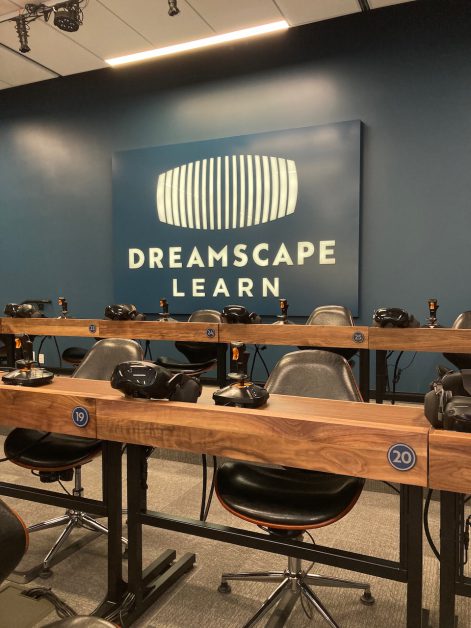
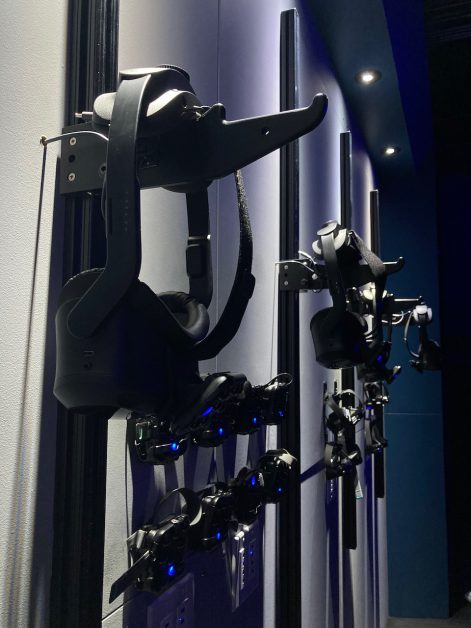
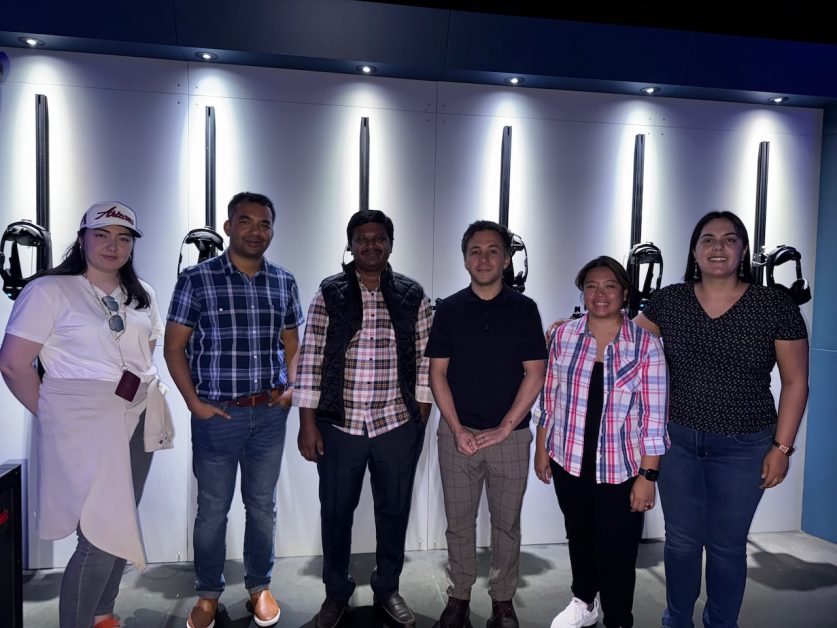
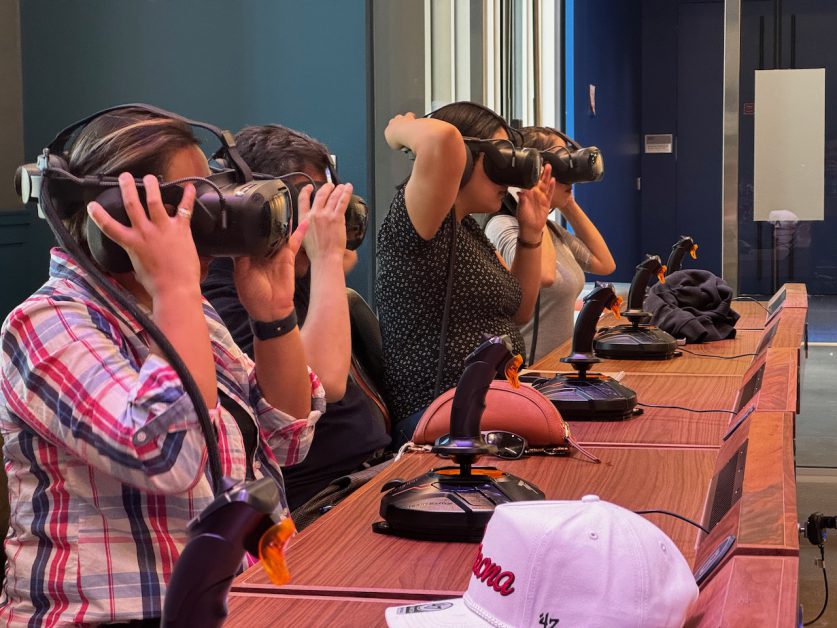
We attended a workshop on immersive media and multimedia storytelling with Retha Hill, Director of the New Media Innovation and Entrepreneurship Lab. We explored how journalists and communicators can use technology to train new communicators and brainstormed how to use this technology in our institutions. Scholars then broke into groups to pitch multimedia storytelling ideas for journalism and education classrooms.
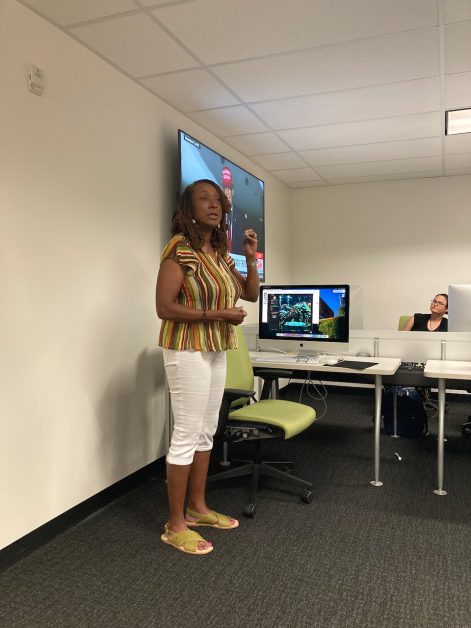
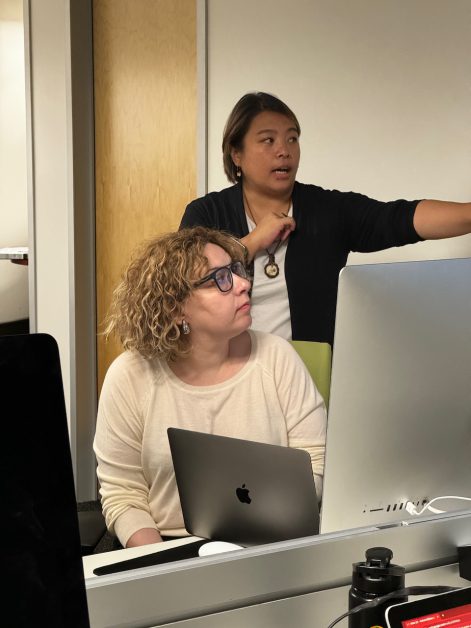
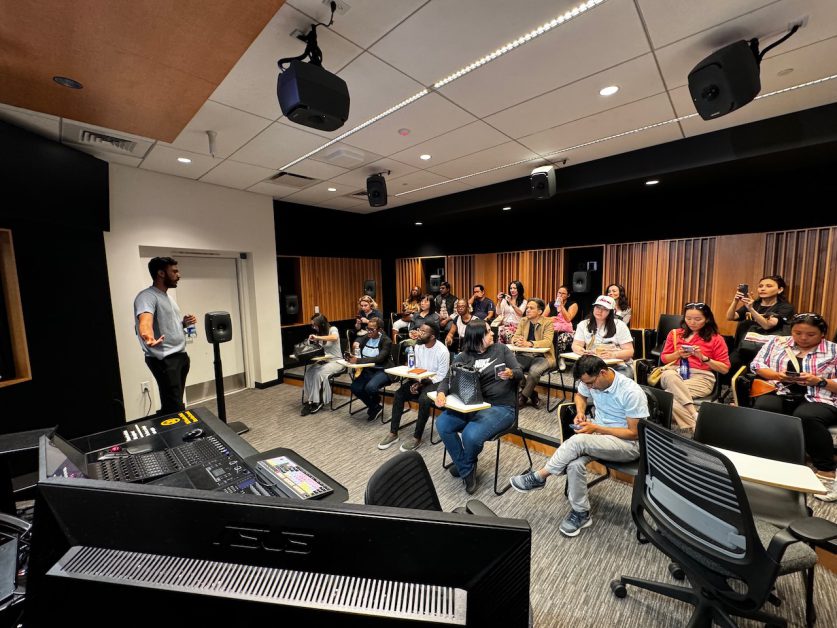

Community Service at the St. Vincent de Paul kitchen
The Society of St. Vincent de Paul has been serving unhoused and other struggling community members in Arizona since 1946. SUSI scholars worked a volunteer shift in this community kitchen that serves over a thousand for breakfast, lunch, and dinner daily.
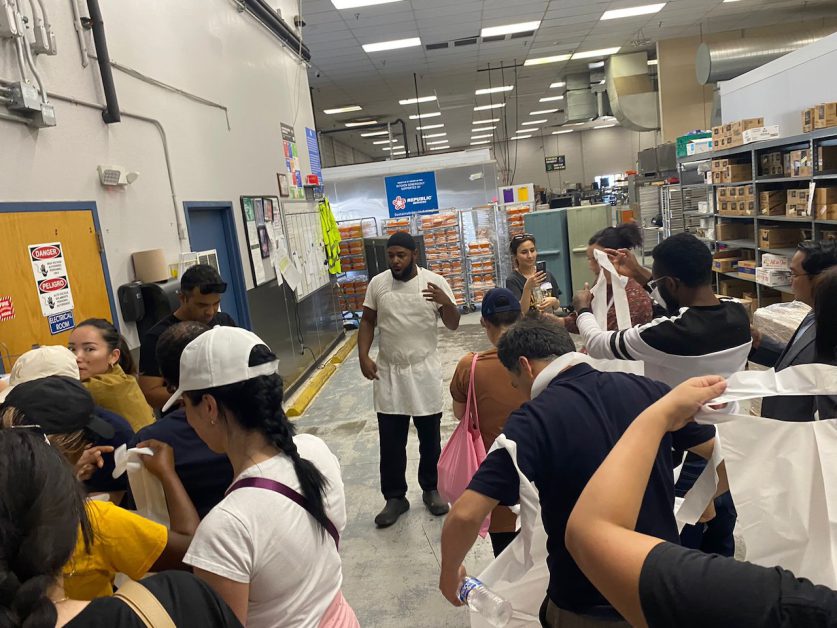
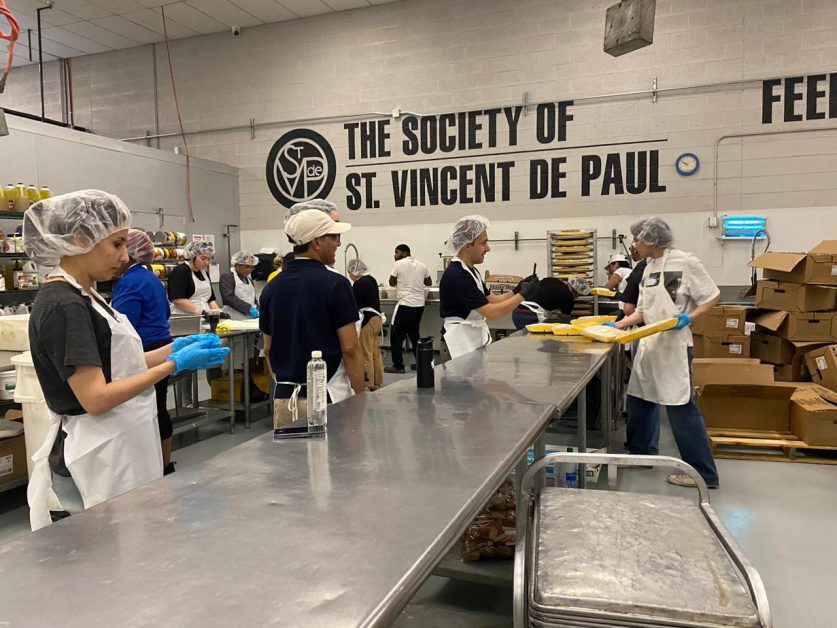
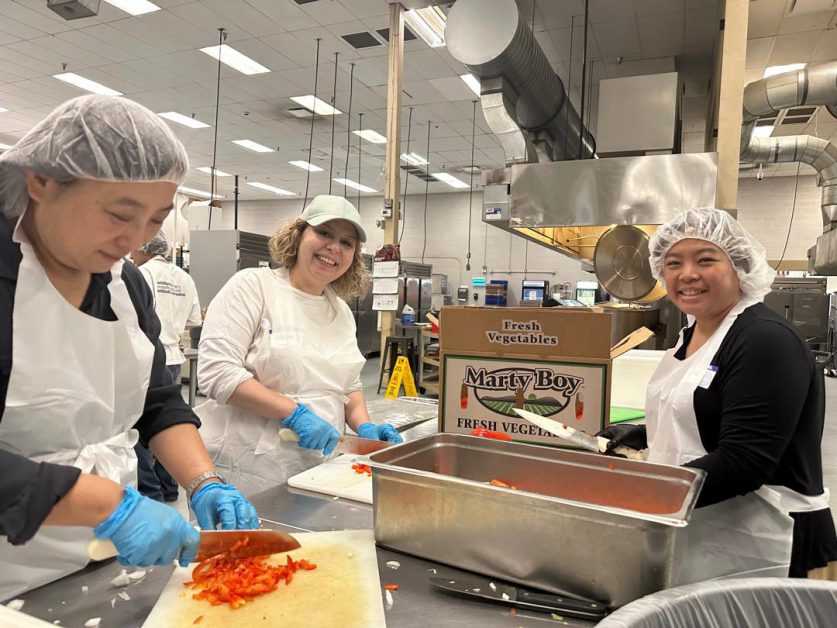
Government and the Press (City of Phoenix, AZ)
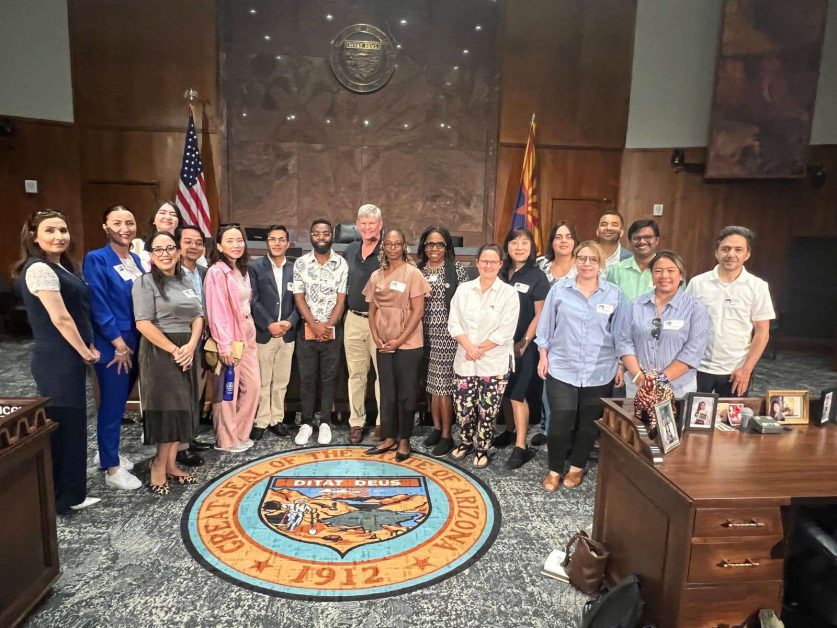
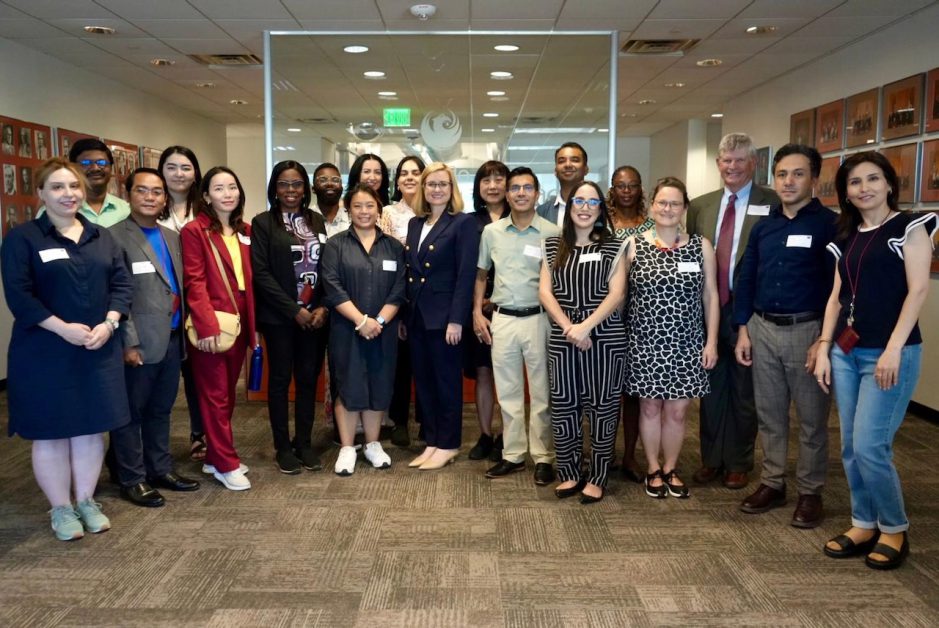
ICT News in Action: Native American facts, Indian news and American Indian service, plus Native history and culture
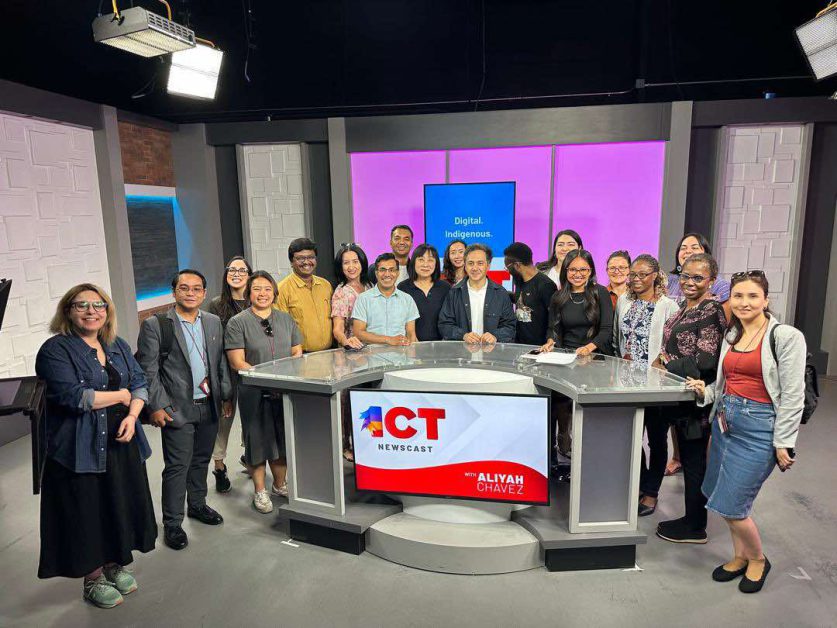
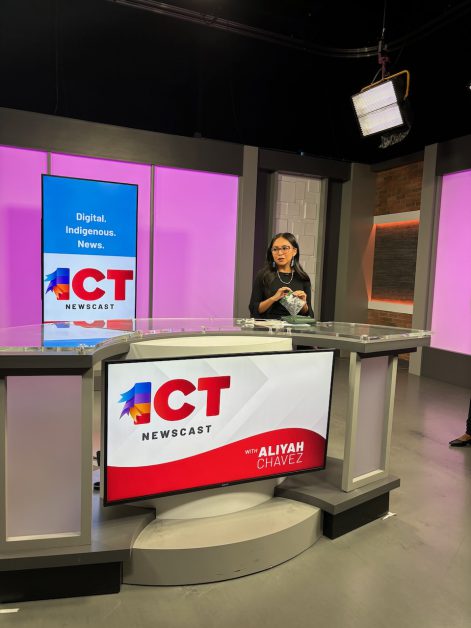
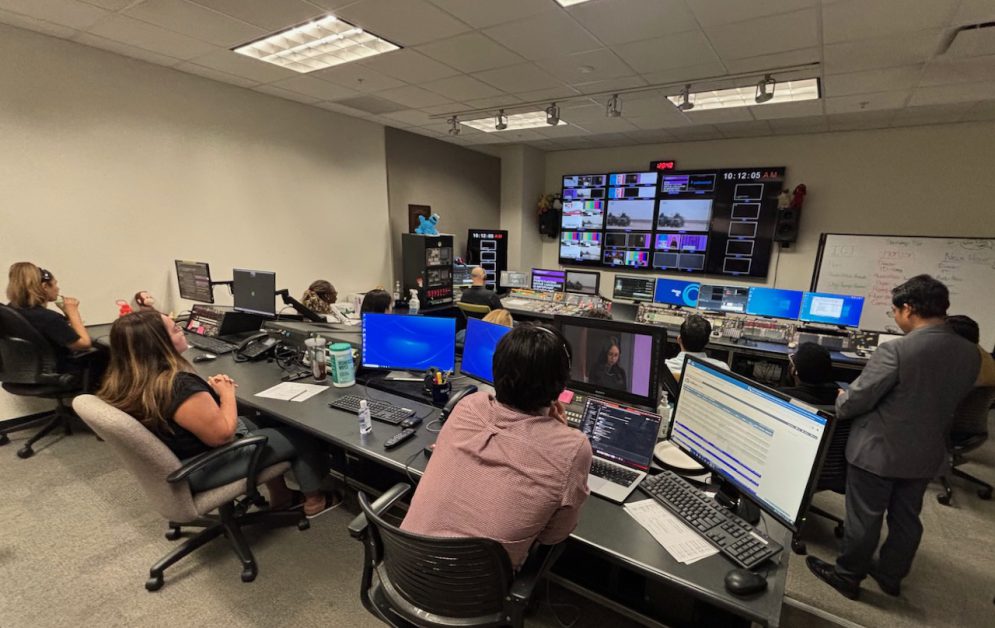
Chairman Nuñez of the Tohono O’odham Tribal Nation
Serving his ninth four-year term, the Chairman shared glimpses of community life in the eleven districts of the Tohono O’odham Nation, including how their government is set up with judicial, legislative, and executive branches.
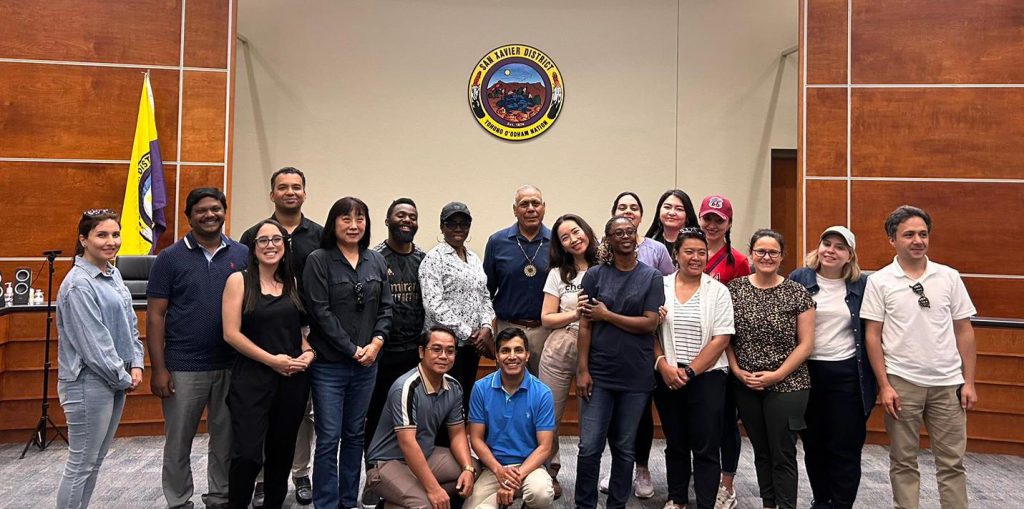
Mission San Xavier del Bac: A U.S. National Landmark (1963)
The San Xavier del Bac Mission was established in the village of Wa:k in 1692 by Father Eusebio Kino through an invitation by the O’odham people. San Xavier still serves its original community: the descendants of the Tohono O’odham people, the Pacua Yaqui who settled in the area, and people of Hispanic and European origins.
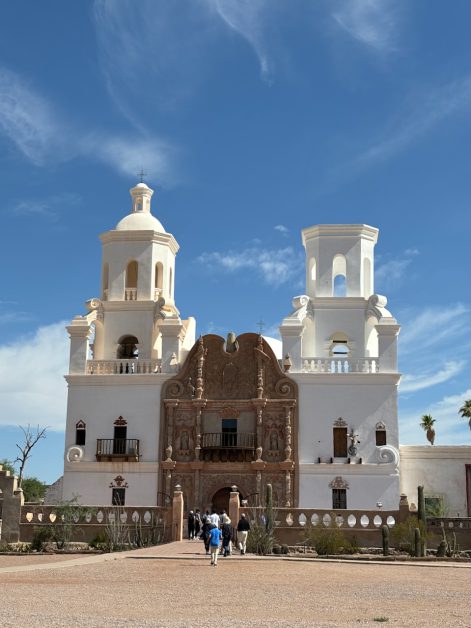

The Santa Cruz County US-Mexico Border Fence (Nogalez, AZ)
We went to Borderland, the Santa Cruz County Border Fence, Nogales, AZ. After seeing how threads of Tribal Nations and Spanish influences are woven into the cultural fabric of Arizona, it was time for us to face the reality of how border immigration checks and restrictions are part of daily life.
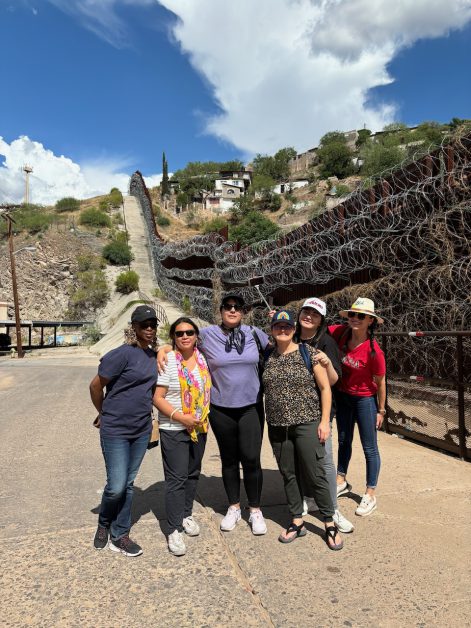

Los Angeles Study Tour: ASU California Center, Independence Day, Autry Museum at Griffith Park)
In LA, we visited ASU’s California Center in the renovated Herald Examiner building and the Fashion Institute of Design and Merchandising (FIDM). We attended a content creation workshop and learned about westward expansion’s role in American democracy at the Autry Museum.
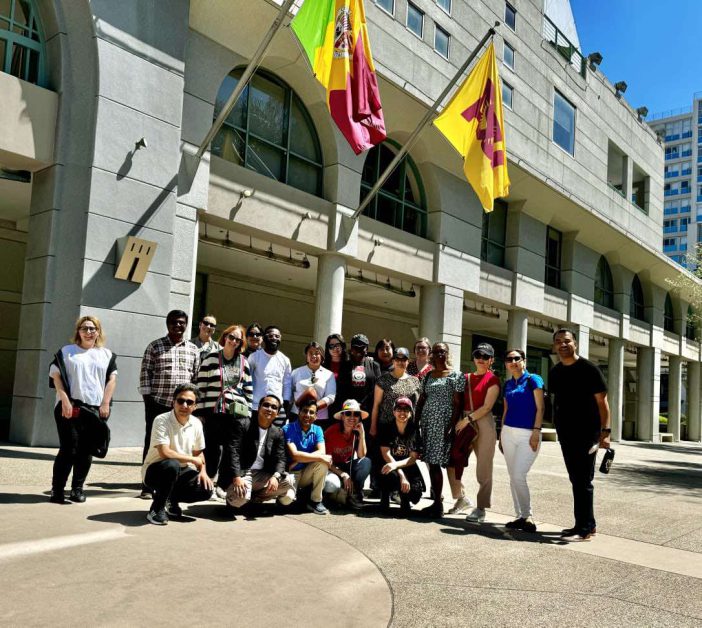
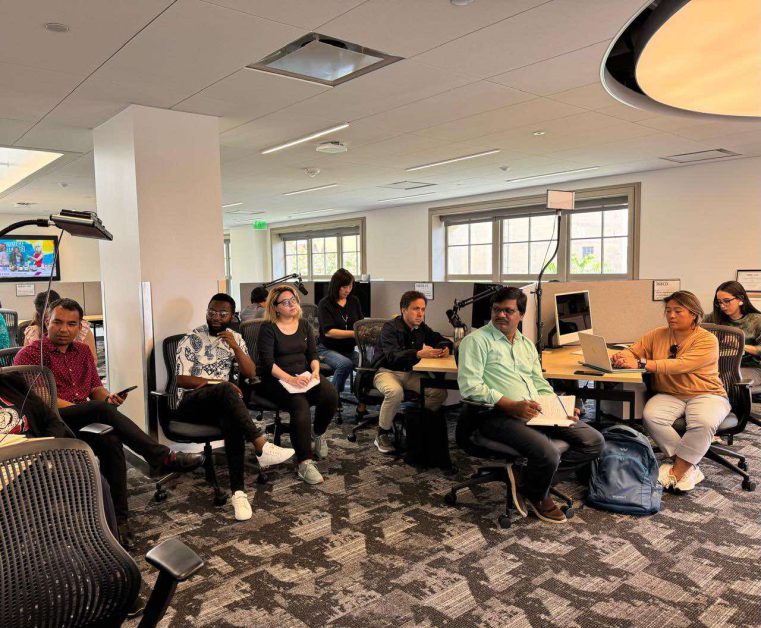
For fun, we experienced our first Independence Day at the Grand Park 4th of July Block Party in downtown LA, enjoying live music, food trucks, and a drone show.
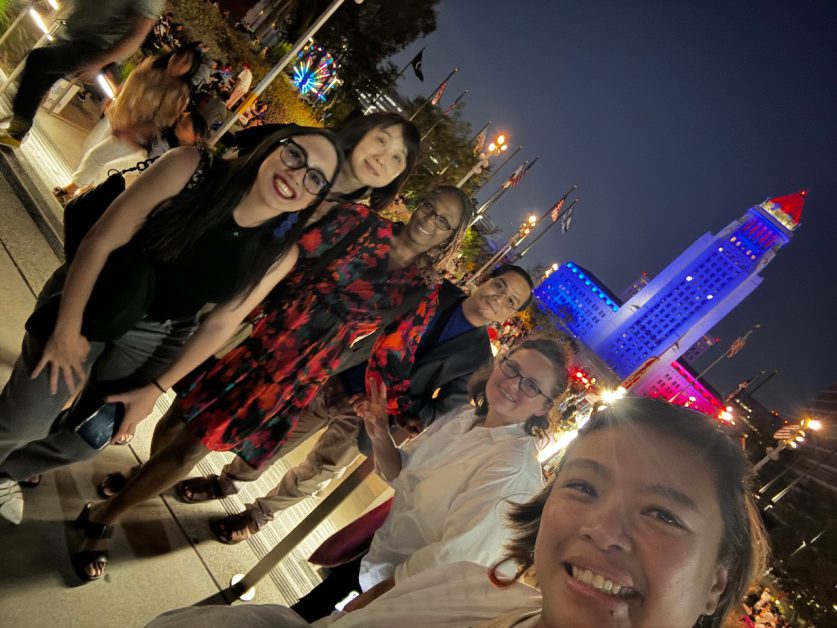
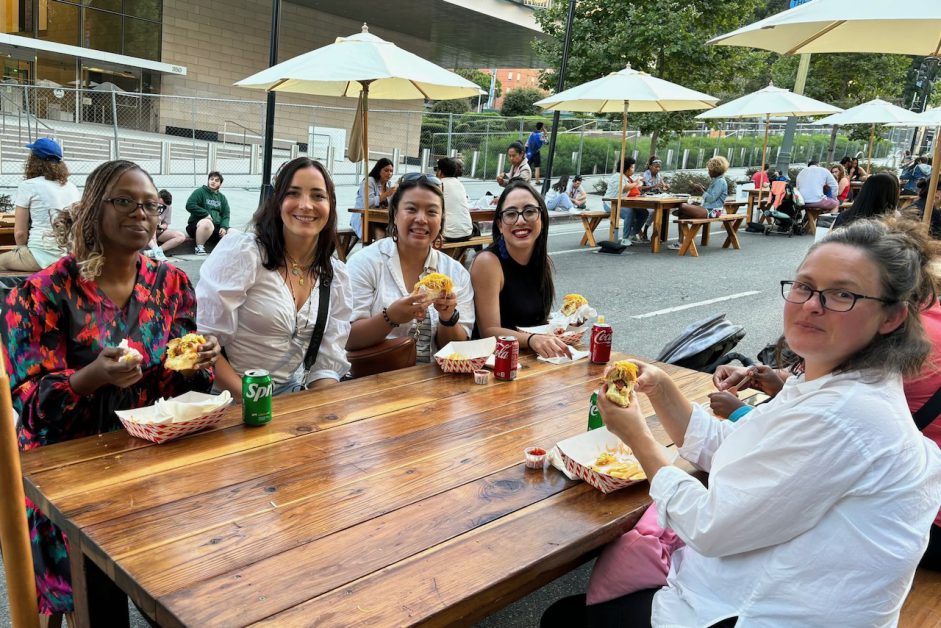
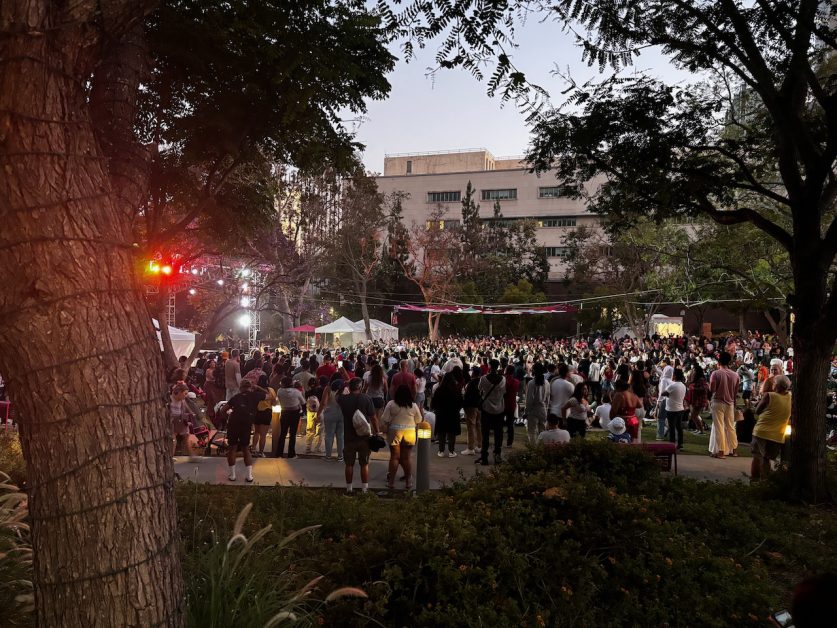
Washington DC Study Tour: The United States Capitol, Voice of America, National Public Radio, The National Museum of African American History and Culture, Busboys and Poets
Here, we went in-depth on American democracy and government branches, and visited media organizations like National Public Radio (NPR) and Voice of America. What was quite special was being able to visit the State Capitol, the Library of Congress, as well as the US Capitol Senate and Congressional chambers. It was in the Senate house where we witnessed senators in action, voting on a bill.
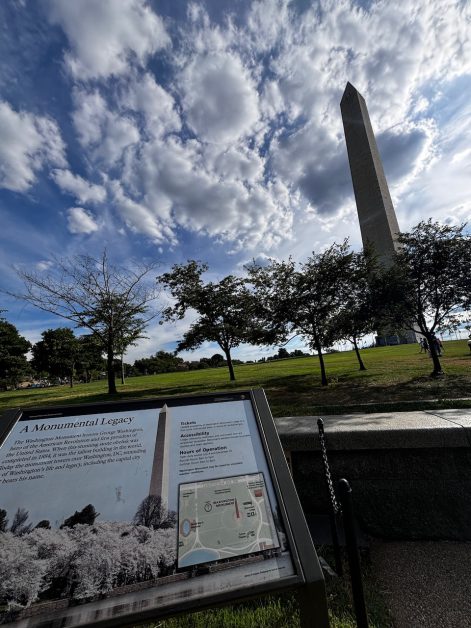
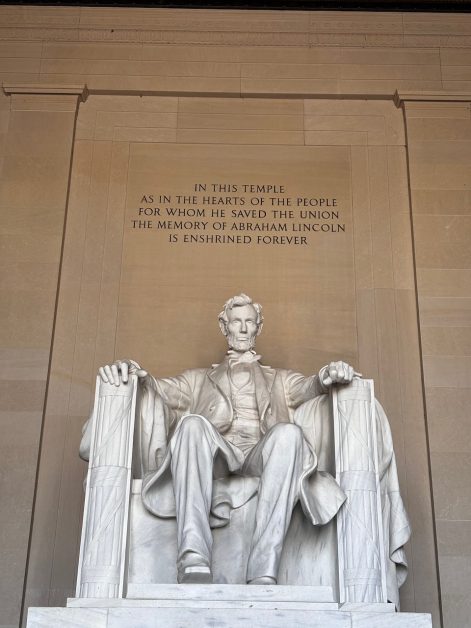
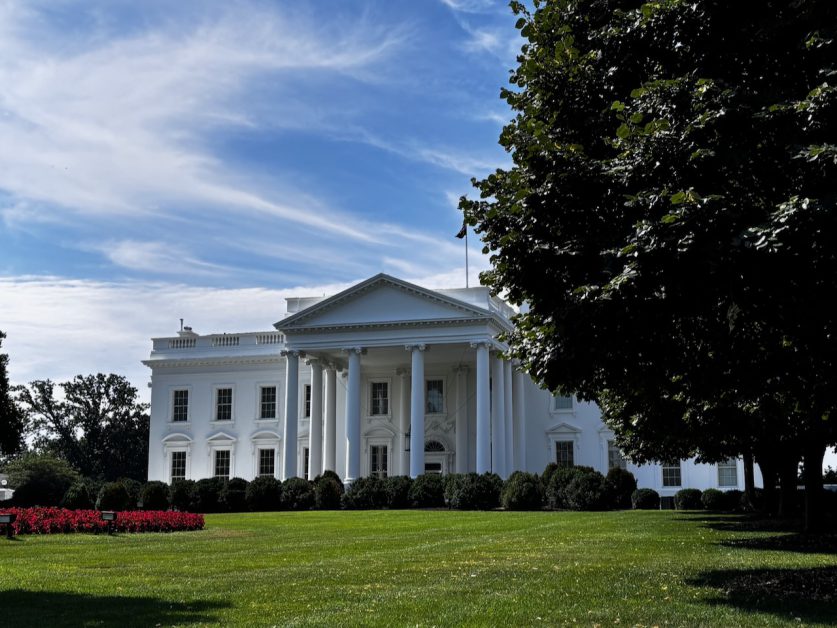
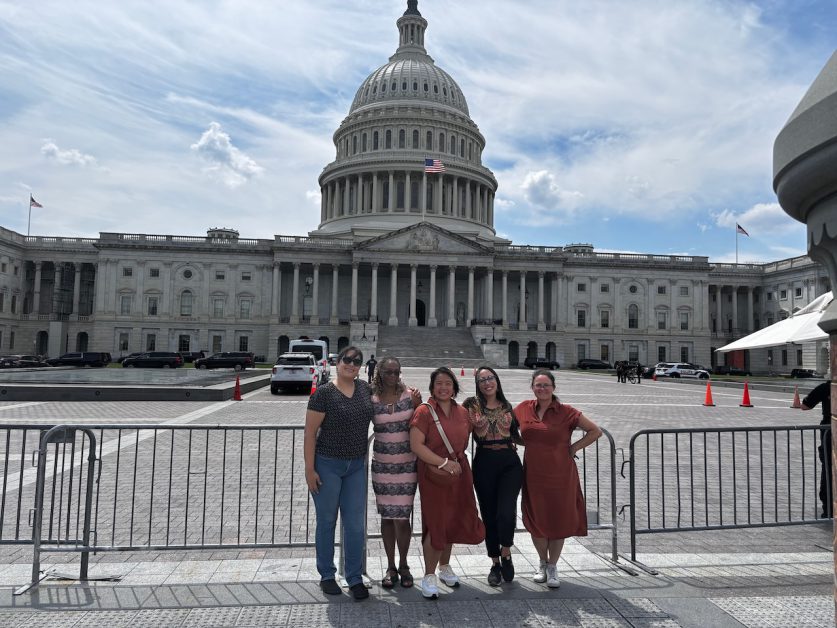
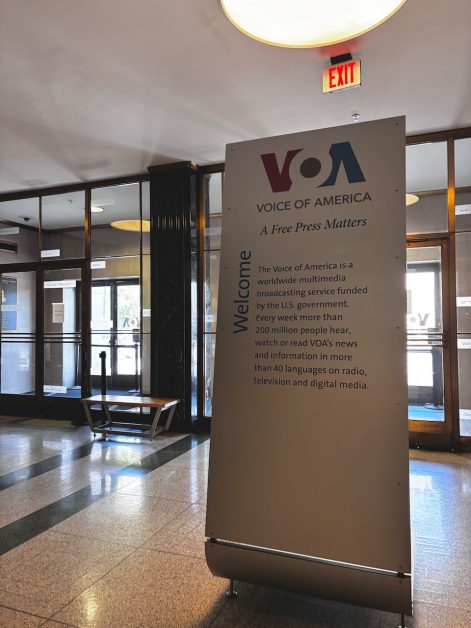
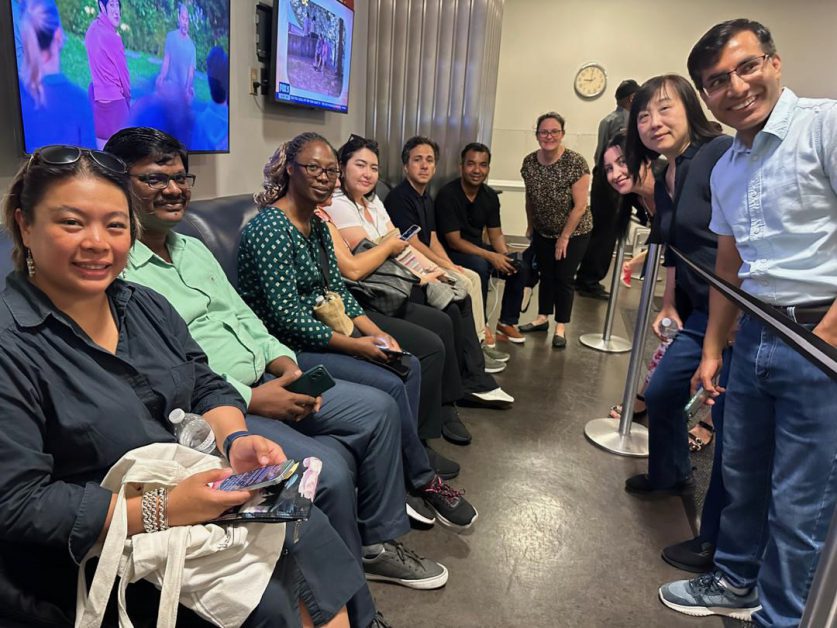
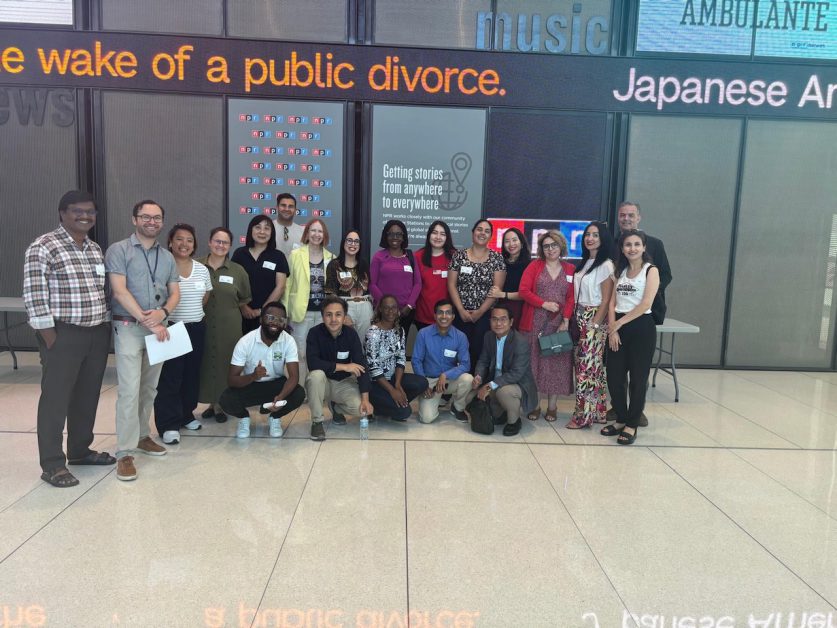
We explored American democracy and government branches, visiting NPR, Voice of America, the State Capitol, the Library of Congress, and the US Capitol, where we saw a live vote in the Senate chamber. We also toured national monuments and museums like the National Mall, Lincoln Memorial, Vietnam Veterans Memorial, Washington Monument, and the Smithsonian Museum’s National Museum of African American History and Culture, deepening our understanding of the richness and diversity of the African-American experience through history, culture, and community.
Over a dinner at Busboys and Poets on July 13, we faced the difficult “see you later” to newfound friends and colleagues of the 2024 Study of the United States Institute (SUSI) on Journalism, Technology, and Democracy.

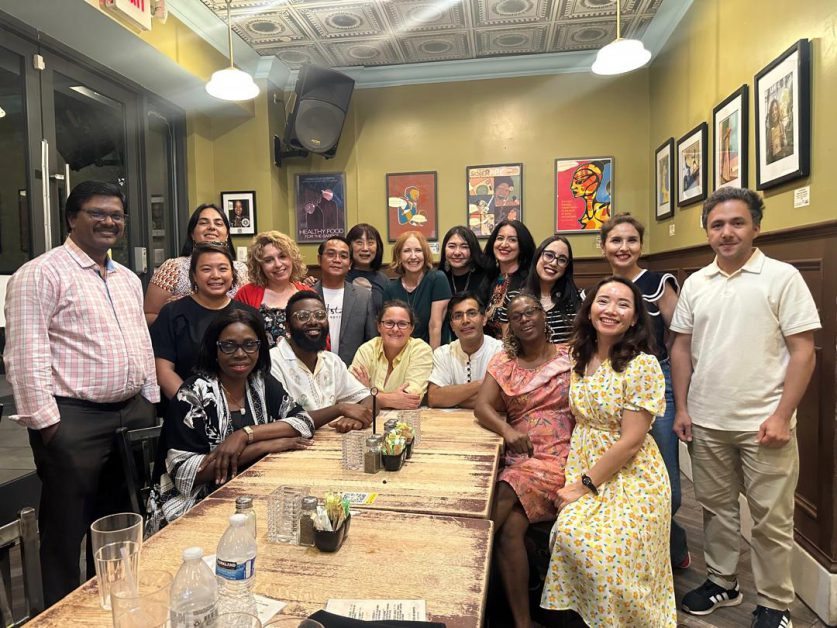
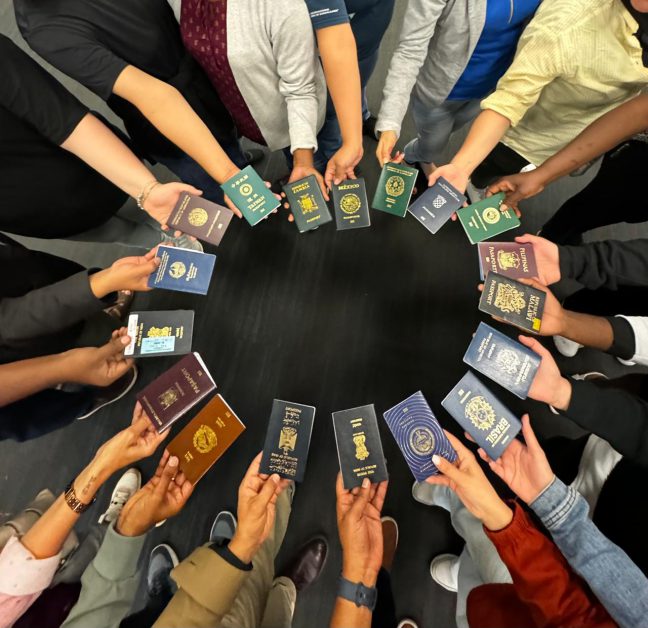
The 2024 SUSI Scholars participants
- Shu-Fei (Sophie) Chang, Ph.D, Taiwan, director and associate professor, Ming-Chuan University, Taiwan
- Kaoma Lamba Daka, Zambia, lecturer, University of Zambia, Zambia
- Sabir Haque, Ph.D, United Arab Emirates, assistant professor, American University of Ras Al Khaimah, United Arab Emirates
- Anzula Jafarova, lecturer, Baku State University and & Senior Director of 24media.az Azerbaijan
- Ravi Kumar Kakumanu, assistant professor and department head, St. Francis College for Women, India
- Gayane Mirzoyan, journalism lecturer, Brusov State University, Armenia
- Nicoleta Annemarie Munteanu, Ph.D, lecturer, Lucian Blaga University of Sibiu, Romania
- Abigail Odozi Ogwezzy-Ndisika, Ph.D, professor, University of Lagos (UNILAG), Nigeria
- Parvina Omonovam, main trainer/project designer, NGO New Media Education Centre, Uzbekistan
- Lekhanath Pandey, assistant professor, Ratna Rajyalaxmi Campus, Tribhuvan University, Nepal
- Brenda Guadalupe Ramos Villasenor, head of the Digital Journalism Training Center, Universidad de Guadalajara, México
- Ali Abdullah Saleh, Ph.D, university lecturer, Erbil Polytechnic University, Iraq
- Issaaf Santos Karhawi, Ph.D, professor, Paulista University (UNIP), Brazil
- Flywell (Samir) Dosha Simkonda, lecturer, University of Livingstonia, Malawi
- Kaye Leah Sitchon, communications instructor and writer, Saint Louis University, Philippines
- Asel Kairbekovna Sooronbaeva, editor-in-chief, Checkit Media (Association of Factcheckers), Kyrgyz Republic
- Bounsong (Song) Sorkeomany, head of scientific research and academic services division, faculty of education, Champasack University, Laos
- Nicole Talmacs, Ph.D, senior lecturer, University of Malta, Malta
Article by Kaye Leah Sitchon | Photos by SUSI scholars, ASU, and Kaye Leah

